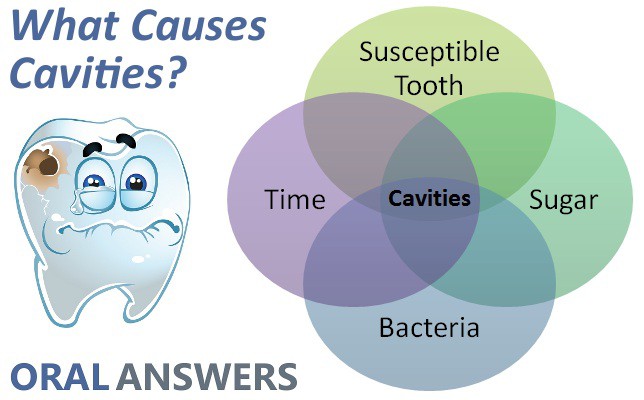Pulp Polyp
Pulp Polyp is also referred by the following terms …
Chronic Hyperplastic Pulpitis – Proliferative Pulpitis
This is a unique form of pulpitis wherein the inflamed pulp instead of perishing by continuous suppuration reacts by excessive and exuberant proliferation.
This is a type of irreversible pulpitis, which is chronic and usually asymptomatic in nature.
It is characterized by development of granulation tissue, covered by epithelium and it results from irritation for a long time.
Clinical Features
* Exclusively n children and young adults who possess a high degree of immunity and tissue resistance.
* This high tissue resistance results in the proliferation of the pulpal as an abnormal protective response.
* The involved teeth usually has large carious open lesion.
* A pulp so affected appears as a pinkish red globule of tissue potruding from the pulp chamber that not only completely fills the carious portion but also protrudes out.
* Relatively pain less as the hyper-plastic tissue is usually has very little active nerve fibers.
* Most commonly involved teeth is Deciduous Molars & First Permanent Molars. These teeth usually have an excellent blood supply because of large root opening and this , coupled with high tissue resistance and reactivity in young patients accounts for the ununual proliferative property of the pulp tissue.
Symptoms of Pulp Polyp
* They are asymptomatic, and sometimes the masticatory stress can lead to some tenderness.
* Sometimes, localized bleeding may occur.
* The polyps cover the entire carious cavity by enlarging itself.
Histologic Features
* The hyperplastic tissue is basically a granulation tissue made up of delicate connective tissue fiber with variable degree of small capillaries.
* Presence of inflammatory cells like Lymphocytes , Plasma Cells & PMNs.
* The granulation usually gets epithelialized.
Diagnosis
* Appearance of Polypoid tissue – A fleshy, reddish mass fills most of the pulp chamber or extends beyond the tooth structure.
* Polypoid tissue is less responsive when compared to normal pulp tissue.
* Radiographs show a large, open cavity with direct access to the pulp chamber.
* Response is seen on electric pulp testing too.
Treatment
Removal of the polypoid tissue, followed by the extirpation of the pulp. When the pulpal mass is removed, bleeding can be controlled by application of pressure. Formocresol dressing is placed after the entire pulp is removed.



